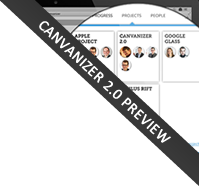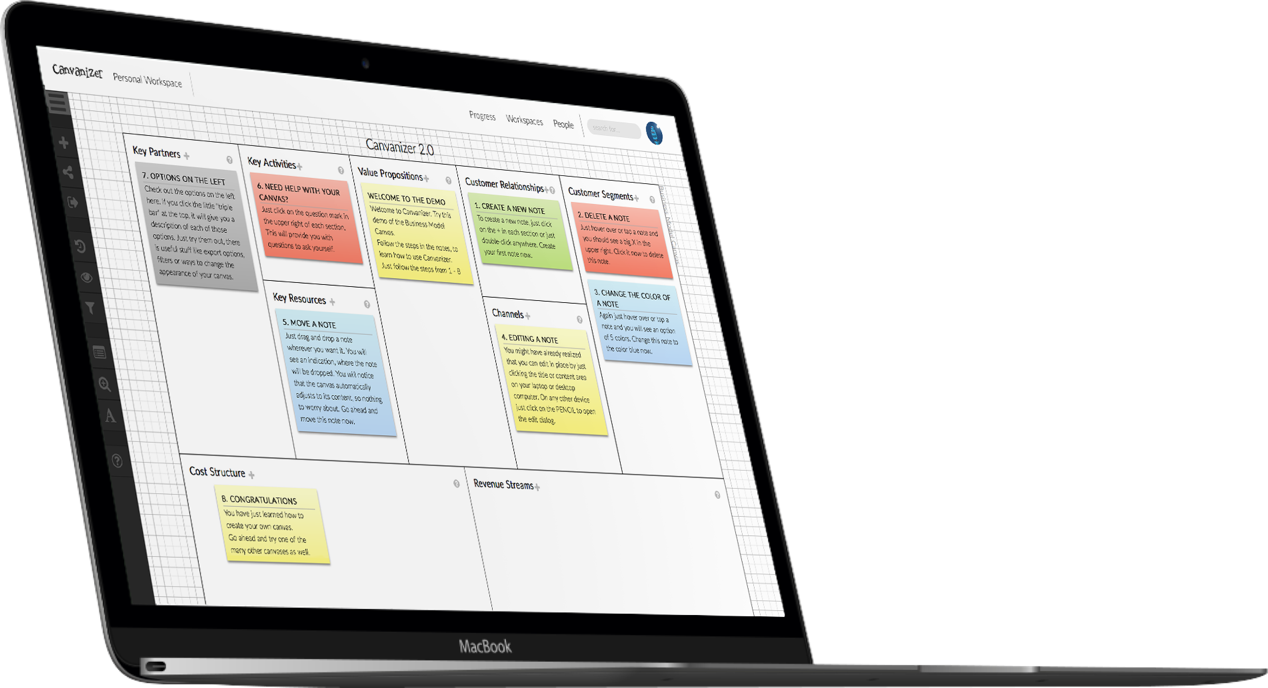Pandora Business Model
1. Key Partners
2. Key Activities
3. Value Proposition
4. Customer Relationships
Their product is primarily community based as their main focus is to make everyone feel connected to each other.
5. Customer Segments
Country
Us Based English songs Spanish songs categoring to young user base 15 to 25
6. Key Resources
7. Channels
Pandora has created two market segments, one for Spanish listeners, and another for English listeners. By creating multiple market segments, Pandora's advertising is customized to the users' needs. To create the first two market segments, the company cross-referenced its registered user data with U.S. census. Then, the cross reference allows the company to identify zip codes with high populations of Hispanic and Spanish-speaking people, and finally it ran tests overlaying the two data sets to infer which listeners fit into those buckets. Music listeners since the Pandora only provides music for its users. Up and coming artists since there's always new ones making it big. People always in their cars since radios or audio devices are hugely used in them.
Adding new music or up and coming artists and bands to an existing library of music. Platforms for computer systems at which application programs can run.
Subscription on fees in order to provide more for the customers. Revenue that is reeled in from customers that subscribe to the company seeing an add or clicking on it.
Their channels would rely on a browser as their source would exist through it. And the second would be any device that allows consumers to download or upload apps onto. Your phone, desktops or laptops, streaming devices such as roku, gaming devices, and even vehicles now.
8. Cost Structure
Music licenses so that the company can legally play or stream the music online and to everyone on any device. Compute and storage.
9. Revenue Streams
Uploading live performances online or users to hear instead of just studio recordings. A ided exploration of music so that consumers will always discover new bands or artists. Having easy updates of their artists or bands to keep up with their latest material. Music accessibility so that users can easily gain access to their streaming service.
10. Brainstorming Space
Pandora’s cost structure is highly variable, with content costs representing roughly 50% of total costs. First, sSoundExchange collects content fees on behalf of labels or artists on the recording themselves. These are by far the largest content acquisition cost.[citation needed] Second, Pandora pays licensing fees to agencies such as BMI, ASCAP, or SESAC in order to compensate composers, songwriters and publishers. Pandora also pays Rovi for song and artist information; this has recently been structured as a flat monthly fee. Pandora also pays the developers and the staff. And they also pay for the hardware that is used to keep the website and apps running well.

